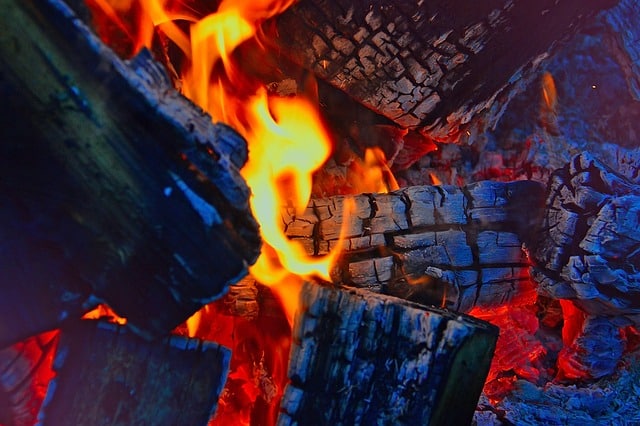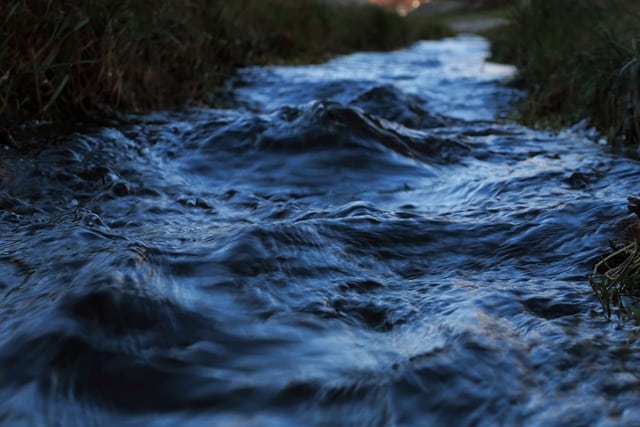
Fire was one of the main elements of the ordeals.
An ordeal was a rite that, in the Middle Ages , was carried out with the aim of determining the innocence or guilt of an individual accused of something . Also known as the judgment of God , it was an institution that, through the ritualized formula, made possible the divine invocation and the subsequent interpretation of his designs .
Supernatural resolution
The ordeal involved resorting to a mechanism with sensible consequences that were taken as a manifestation of the judgment of divinity. From the result of the ritual it was inferred whether the accused was innocent or guilty .
As can be seen, the ordeal did not seek reliable or concrete evidence, but rather a resolution was reached through a magical or supernatural element. That is why it was put aside until other types of procedures were adopted.
Procedure
When someone was accused of violating the laws or committing sin, they could be subjected to ordeal. The practice usually consisted of the development of some type of torture and, according to how the court resisted it, innocence or guilt was determined.
If the person survived or did not suffer major injuries from the ordeal, they were believed to be innocent to God and therefore should not suffer punishment. On the other hand, serious injuries or death reflected that he was guilty in the divine eyes.
Types of tests
The trial by fire was an ordeal that forced the accused to walk barefoot over hot coals or to put one hand into a brazier. As explained above, through this evidence they believed they would obtain confirmation or denial of the accused's guilt; In this particular case, if you managed to get through the fire without suffering serious burns , you were considered innocent. Note that currently we speak of a litmus test to refer to evidence that serves to validate the usefulness of a thing or the veracity of a statement, among other issues.
There was also the red-hot iron test , which consisted of making a series of objects made of iron red hot and forcing the accused to touch them with his hand. The water ordeal , on the other hand, could have the person put their hand into a cauldron of boiling water to extract an object. The seriousness of the accusation had a direct impact on the degree of immersion , which ranged from the hand to the elbow. Once three days had passed, a doctor examined the wounds and if they had not led to gangrene, the individual was released.

They tied up and immersed the naked accused in a stream of cold water to prove his innocence.
Note that this ordeal had to be carried out in a church, in front of several purified witnesses and in full prayer to ask God to reveal the true nature of the accused. Regarding the time, it was valid until the 12th century. Another version consisted of tying up the accused and placing him in a cold water course. This was reserved for those accused of acts of witchcraft, and only those who survived such terrible torture were forgiven. It is believed that its creation took place around the 9th century by Pope Eugene II .
It is interesting to note that this test had at least two opposing versions in terms of evidence: on the one hand, at one time it was believed that if the body sank in water the person was really guilty, but the opposite belief . In any case, given the violence that subjecting the body to a stream of cold water without any thermal protection meant for the body, many defendants died after being "rescued", regardless of the verdict that the authorities had reached.
